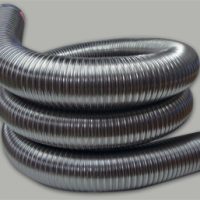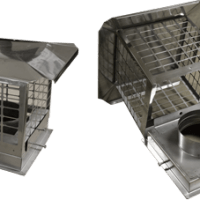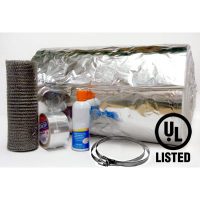Ever wondered how you can help save the environment while cooking? In that case, pellet stoves are ideal for you. This cooking equipment burns woods or biomass pellets and other organics like grains, corn, seeds and wood chips. Some pellet stoves also use these organics with wood pellets. These stoves make and act as a source of heat for residential and industrial places. These are like a normal stove, with a number of small logs with same sizes and consistency. But unlike any other wood stoves, pellet stoves depend on convective heat, not on radiant heat. Thus, they don’t get too hot when touched, making them as ideal piece for families with small children.
To learn more about pellet stoves, here are some points to consider. Pellet stoves are efficient with very low particulate emissions. They are vented through a small wall hole rather than a whole chimney or fireplace. The pellets to be used may come from sawdust wood shavings and other wood particles which are wood milling byproducts. They also produce less air pollution compared to wood stoves. Thus, they are environmently friendly. Also, you manually light these stoves or use an automatic igniter. Most of these stoves use an automatic igniter and are readily equipped with thermostats or remote controls. An igniter looks like a car’s electric cigarette lighter heating coil. Also, compared to gas and fuel oil stoves, pellet stoves are efficient, producing 80% of heat output and concerns on mice problems are also eliminated as compared to corn stoves and others. Also, instead of carrying heavy, dirty woods from a backyard for your wood stoves, these pellet stoves’ pellet fuel is available in clean bags and requires filling the fuel hopper once a day. Lastly, compared to any types, pellet stoves need much less cleaning on a regular basis. As to the disadvantages, one specific drawback of this item is its complexity. These have a number of moving parts and motors have to be cleaned on a regular basis. Also, because these are run by electricity, about 100 kilowatt-hours per month, thus, if the power goes out, the pellet stove does too. So, it is advisable to keep battery backups to keep them going.
There are a wide variety of pellet stoves in different sizes, styles and finishes. One of which are the free-standing pellet stoves. These are supported by legs or a pedestal designed for installation. A built-in heat shield is also provided and is placed near a wall, usually one inch to a back wall and three inches to side walls. A 3/8-inch thick, non-combustible floor like tiles shall be used as its area. In some cases, others prefer pellet stove inserts. These are available when converting a fireplace. Some units are designed to be placed in pre-fabricated metal fireplaces while others are for masonry ones. A decorative panel fills the gap between the insert and the opening of the fireplace. You can also consider having either a top feed or bottom feed designs. Top feed stoves delivers pellets down to a tube then onto the fire while bottom feed stoves send pellets from behind or beside the fire. Some known and best pellet stoves are the Harman P68 Pellet Stove, the Breckwell Vermont Classic Cast and the Quadra-Fire Castile Pellet Stove. Through all these things, if you are in search for an environment friendly, a cost-effective and a low maintenance way to heat up your homes, pellet stoves will sure live up your expectations.






